The history of gemstones extends into thousands of years when people valued them as much for their metaphoric meanings as for their aesthetic value. Gemstones functioned as objects with mystical, spiritual value among diverse ancient civilizations beyond their decorative purpose. Ancient Egyptian society treated gemstones as sacred artefacts placed inside tombs to assist deceased persons during their journey toward the afterlife. The ancient Egyptians thought stones, including lapis lazuli and turquoise, at one time held supernatural forces that defended individuals from danger.
Gemstones in ancient Greece and Roman society received divine importance through their connection to astrological beliefs and celestial forces. Ancient belief systems linked each gemstone to distinct divine forces corresponding with cosmic entities. According to ancient beliefs, emeralds received divine powers from Venus to bring love and procreative abilities to their wearers. Yet, amethysts possessed protective properties that shielded their wearers from intoxication and boosted mental clarity.
Types of Gemstones Used in Jewellery
Some types of gemstones are used in the jewellery. Dishis Designer Jewellery use these types of jewellery:
-
Diamonds
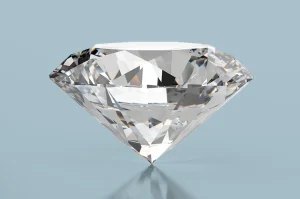
The Earth possesses diamonds as its toughest natural substance because these gems display exceptional brilliance and clarity. Diamonds symbolise everlasting affection, but people commonly use them in engagement rings, wedding bands, and fine jewellery pieces. Diamonds appear naturally transparent, but customers can also find yellow diamonds, blue diamonds, pink diamonds and extremely rare red diamonds. Jewellery made from diamonds remains strong and develops an ageless charm, leading people to select them for enduring creations.
-
Rubies
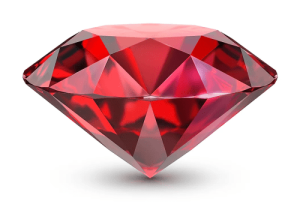
People admire rubies because these gemstones present themselves through powerful and vivid red shades. Throughout history, people have revered rubies because of their passionate power characteristics. People usually choose rubies for expensive engagement rings, necklaces, and bracelets. The vivid red hue of rubies develops because of chromium, which shows its most precious quality when presented with a pure, deep crimson appearance. Rubies signify affection and energetic life; thus, they serve as significant jewellery pieces.
-
Sapphires
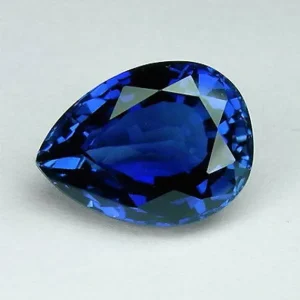
Blue gemstones represent wisdom, loyalty, and nobility, as traditional sapphires are known for their symbolism of moral character. Besides traditional blue sapphires, jewellers can identify them in pink and green alongside yellow variations. Sturdiness and visual appeal make sapphires a favoured gemstone for wedding rings, ear jewellery and necklace accessories. Sapphires are easily recognized worldwide because of their rich, velvety blue appearance, and people commonly use them as central stones, diamonds, and other jewels to design distinctive jewellery elements.
-
Emeralds
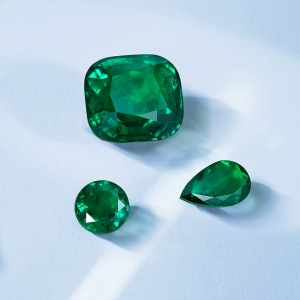
Emeralds reveal their breathtaking green hue, which is a sign of rebirth, renewal, and love. Human appreciation of these stones has spanned generations because of their outstanding, vibrant tones. The emerald gemstone appears predominantly in rings and is the main stone in luxurious necklaces and earrings. Emeralds stand out due to their special green shades, which attract people who want eye-catching jewellery with deep emotional value.
-
Amethysts
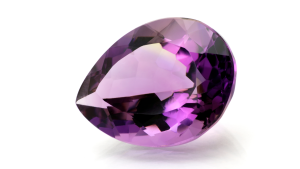
The purple crystals that come from quartz minerals represent the amethyst mineral variety. Amethyst stones embody peace and spiritual growth along with tranquillity thus, they make preferred gemstones for earrings and necklace or bracelet designs. The range of colours in amethyst—from pale lavender to deep violet—allows for versatility in jewellery designs. Many people use amethyst in their jewellery to enhance relaxation and develop mindfulness because the stone has calming properties.
-
Aquamarine
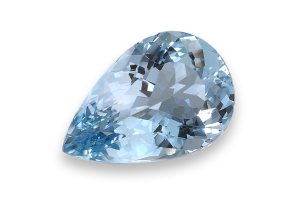
The beneficial effects of calming and tranquillity define aquamarine gemstones because they appear in soft blue. When people see the stone, it often reminds them of the ocean because it signifies serene yet clear tranquillity. People choose aquamarine as a preferred gemstone for rings, necklaces and earrings because it offers both delicate appearance and high clarity. The pale blue shade of this gemstone proves perfect for creating jewellery suitable for spring and summer wardrobes because it delivers a peaceful experience to anyone wearing it.
-
Opals
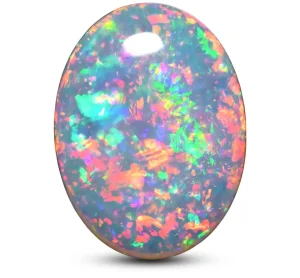
The colour-shifting visual effect of opals emerges when their sparkling colours are displayed across the surface due to light reflection. Opals carry associations with creativity and inspiration, providing an excellent option for distinctive artistic jewellery designs. The different versions of opal stones include white, black, fire and boulder opal, which feature their exclusive visual characteristics. Opals appear in distinctive rings, necklaces and pendants, which become extraordinary works of jewellery art.
-
Topaz
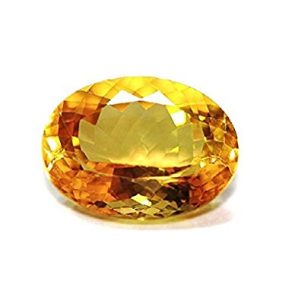
The gemstone topaz exists in multiple colour variants, from blue through yellow and pink to imperial orange, considered rare among all colours. The gemstone topaz displays both remarkable characteristics of strength and brilliance, creating its healing and symbolic meanings of power. People commonly use this gemstone to create rings, pendants, and earrings because topaz can come in different sizes and shapes for different styles. Among all topaz varieties, blue topaz stands out as the most sought-after stone because of its pure and vibrant blue color.
-
Garnet
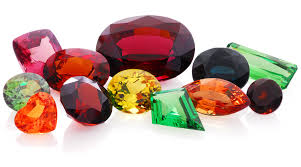
Deep red garnets are gemstones with protective powers, energy, and fortifying abilities. The typical red garnets exist alongside green, yellow, and orange versions of this gemstone. The long-lasting nature and vibrant colours of garnets enable them to become popular in creating jewellery pieces such as rings, necklaces, and earrings. The renewal qualities that characterize garnets transform this stone into a strong yet fashionable jewellery choice for different jewellery pieces.
-
Turquoise
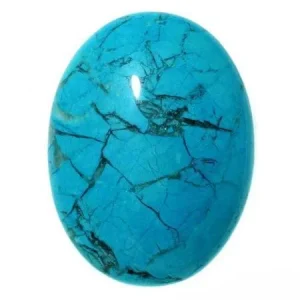
The blue-to-green colours of opaque stone turquoise produce an attractive gemstone. Turquoise possesses a distinctive natural appearance that is related to protection and brings good luck to its wearer. Jewellery designers throughout history have used this material in their creations, especially in Native American and Middle Eastern cultural traditions. Turquoise gemstones regularly appear in jewellery rings, necklaces, and bracelets, thus enhancing collections with their distinct and brilliant appearance. The distinctive colour and historical importance allow turquoise to be endlessly appealing to jewellery enthusiasts.
The appeal of gemstones in jewellery goes beyond their aesthetic value since each stone displays ancient meanings and historical value. Each gemstone brings a distinctive value through its attractive colours, meaningful symbolism, and personality appeal. The right gemstone among passion-filled rubies, wise sapphires, and tranquil aquamarines will enhance any jewellery through its dual appeal of beauty and depth.
Types of gemstones available let people showcase their characteristics through their choice while carrying important symbolism. The choice of gemstone jewellery depends on which properties and meanings align perfectly with your preferences.
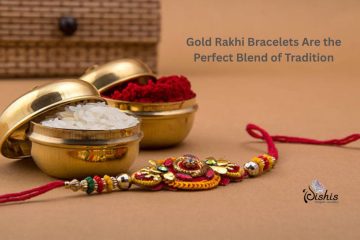
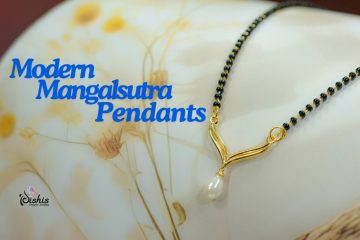

0 Comments